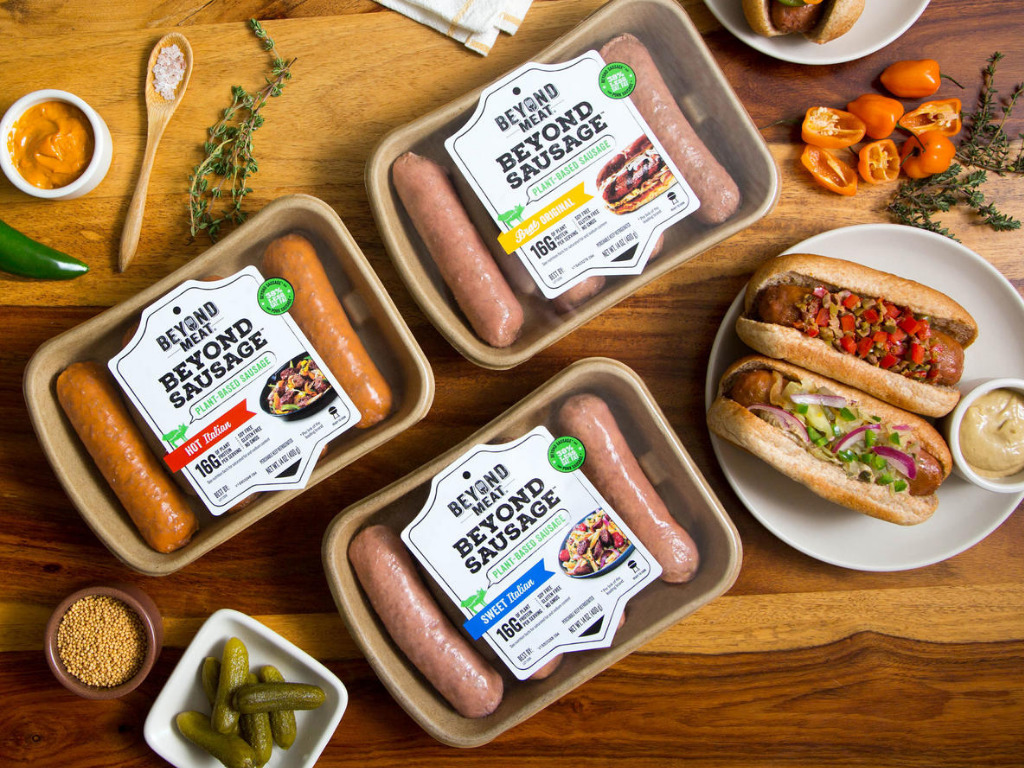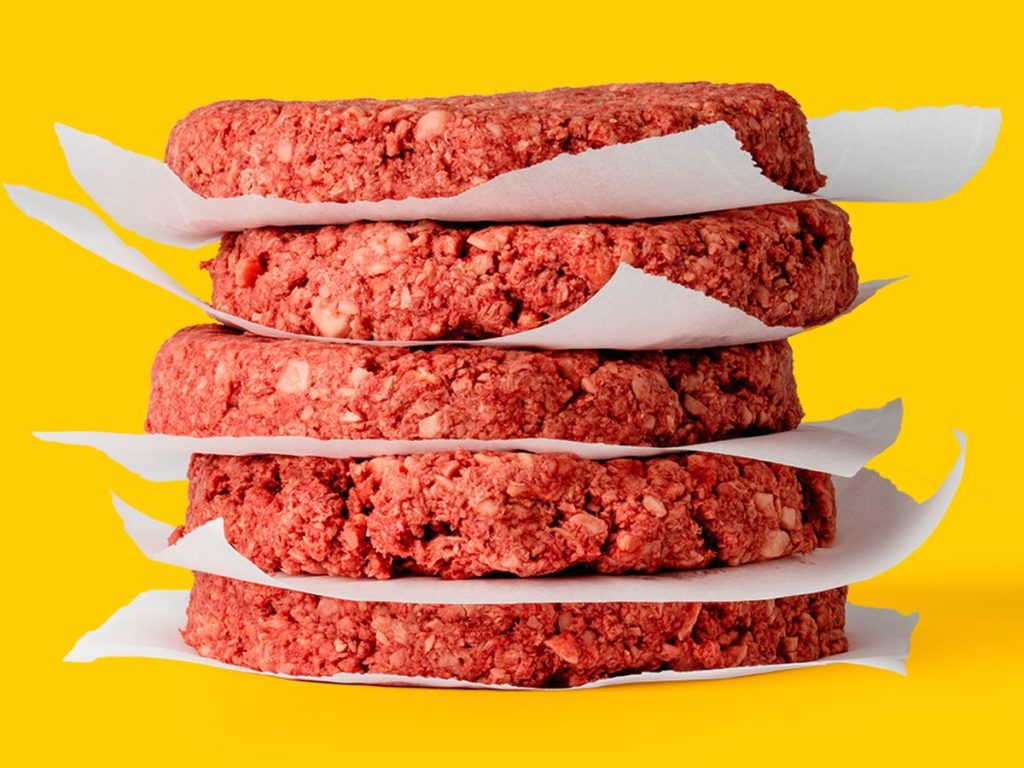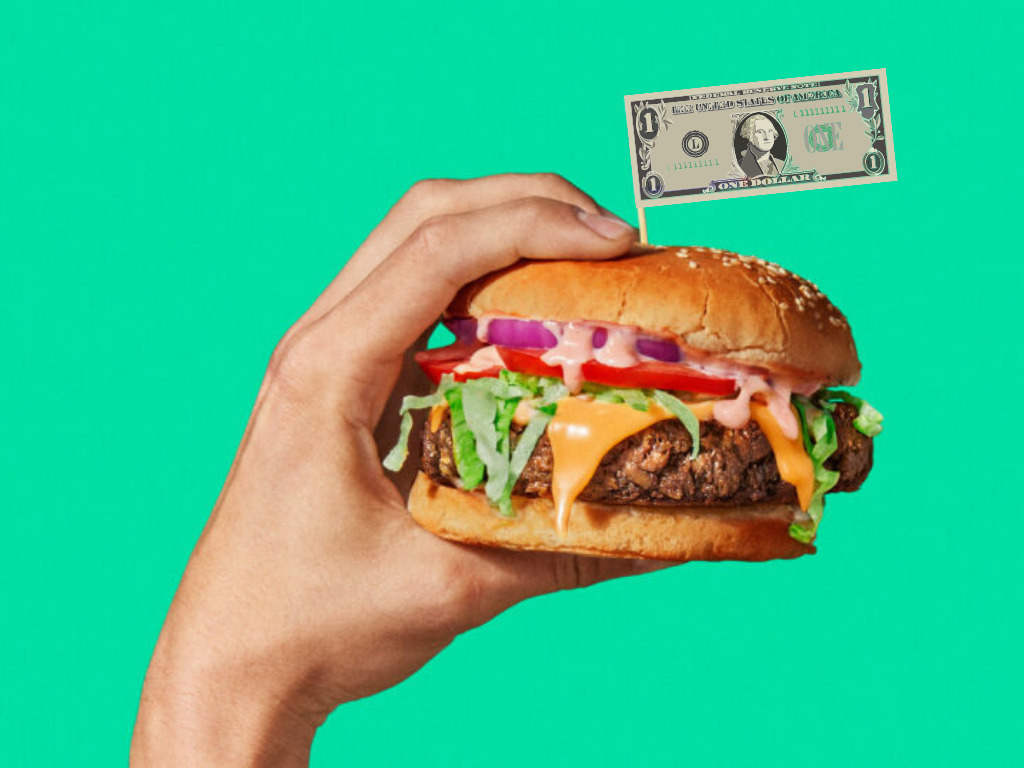Plant-Based Meat Sector Will Boom If It Can Achieve Price Parity With Animal Protein, New Study Claims
4 Mins Read
Kearney has released a report that suggest plant-based meat will experience significant sector growth if it can match conventional meat prices. According to the report’s authors, widespread consumer adoption of such products hinges on three issues: taste, mindset, and price. The latter remains a stumbling block, but Kearney claims it will not be long until the issue is moot. Their analysis shows that every 1 percent decrease in price leads to a 3 present increase in market share.
Industry observations indicate that plant-based meat price parity is not a distant dream. For many, scaling costs are close to being paid off and brand loyalty has garnered enough demand to start making significant price reductions. This applies to larger organisations at the very least. Conversely, an increase in animal meat costs pushes the issue of parity from the other side, especially as plant-based alternatives have been largely unaffected by inflation.

The ebb and flow of plant-based meat
Plant protein enjoyed a moment in early 2021. As consumers clamoured to buy what they considered to be healthier foods during the pandemic, plant-based food soared in popularity. However, sales have not maintained their stratospheric rise, leading cynics to purport that the bubble has burst and vegan meats are no longer a growth sector. According to Kearney’s report, this is unlikely to be true.
Recent SPINS data concluded that despite a slight stagnation in plant-based meat sales, overall U.S. plant sector growth is still up by 6.2 percent. This translates to a record $7.4 billion valuation and breaks down to reveal that 57 percent of U.S. households bought plant-based meats in 2021. The key to unlocking the remaining 43 percent, according to Kearney, is price. In its report, the firm revealed that more than half of consumers (53 percent) claimed that high costs prevented them from planning to buy plant-based meats.
Pricing isn’t the only barrier to consumer uptake but it is cited as the most significant.

In pursuit of meat price parity
Plant-based meat companies appear aware that pricing is still offputting to potential consumers. Major players have been making inroads into reducing their RRPs. In 2021, Impossible Foods brought its recommended prices down by one-fifth. It sought to support foodservice partners with 15 percent reductions in 2020 and 2021. The company cited increased sales, leading to scaled production and cost-effective manufacturing as key drivers for consumer price reductions. Company president Dennis Woodside called it a “virtuous cycle” that benefits everybody and the planet.
Impossible’s biggest rival, Beyond Meat, disclosed it is on track to meet price parity with at least one plant-based product by 2024. The claim was made in a Q4 2021 earnings call that asked CEO Ethan Brown to account for disappointing sales and share value loss. Brown cited new manufacturing processes and improved R&D as helping to lower production costs, which will allow savings to be passed on to consumers, in time.
Kearney notes that industry giants such as Impossible and Beyond actively seeking to reduce costs will result in significant market share being snatched away from conventional animal protein products. Further, it predicts that plant-based patties could take a 10 percent share away from beef and overall, 22 percent of conventional meat’s share could fall to vegan alternatives.
Impossible has previously unveiled an ambitious plan to replace animal meat in U.S. supermarkets by 2035. This might not just be marketing spiel, as a report last year, compiled by Blue Horizon Corporation and Boston Consulting Group, predicts price parity by 2023. It goes on to theorise that 11 percent of all protein eaten in 2035 will be plant-based.
Consumers shaping the protein landscape
As conventional meat increases with the rate of inflation, supply shortages and labour issues and plant-based options fall in price, consumer switches could be forced by necessity and household budgets. A recent study by Ingredient Communications revealed that consumers will accept up to a 50.6 percent increase in meat costs before they stopped buying it. The price of ground beef is reportedly already 21 percent more than it was in February 2021, indicating that time is running out.
Lead composite created using Impossible Foods product photography.





